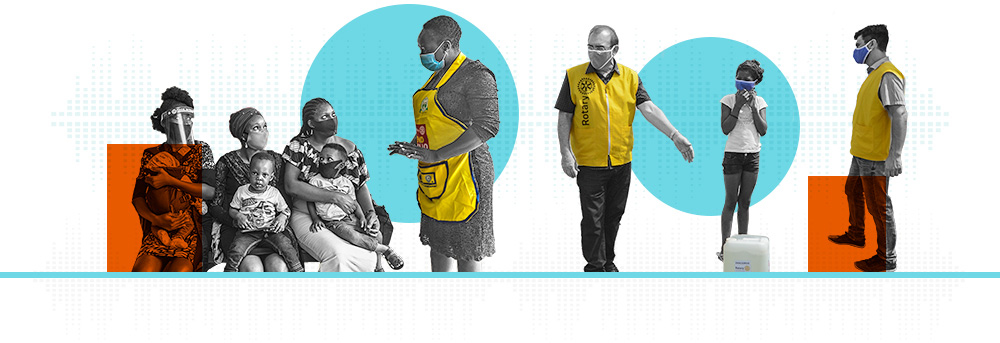
Students eagerly participate in a classroom where the teacher has received training.
By Quentin Wodon
Do teacher training programs make a difference in how much students learn in the classroom? If the training programs are well implemented, they can.
Experience around the world suggests that teacher training programs are most effective when they (1) focus on changing teaching methods and practices and not just on providing additional materials for teachers; (2) actually show teachers how to put new methods into place and provide mentoring for junior teachers; and (3) give priority to those teachers who need help the most.
In Nepal, an innovative teacher training program implemented by Nepal Teacher Training Innovations (NTTI), in collaboration with the local nongovernmental organization PHASE, has many of these characteristics, and it does seem to work. While a formal impact evaluation is not yet available, indications from classroom observation have been encouraging. In contrast to teacher-driven and student-silent classrooms, those with trained teachers more closely resemble hubs of learning.
Classroom observation
Ashley Hager, founder and director of NTTI, shares a story that illustrates the difference the program can make. Before the training, Ashley says, observers watched a teacher lead a lesson. Telling the students, “Today we are going to learn about animate and inanimate objects,” she wrote the words on the board but didn’t explain their meaning.
The teacher proceeded to point to various objects and describe them as animate or inanimate, telling the students to “copy them down and read from your book about this.” Aside from hushing them, her only further interaction with the students was to respond to a question about a definition.
Three months after participating in the training, the same teacher was observed teaching the same lesson to a different class. This time, she began by pointing to a chair and a plant. “What is the difference between these two objects?” she asked. When hands shot up, she wrote student responses on the board. An explanation of the two terms followed. Then the students were asked to discuss examples of animate and inanimate objects in pairs. The lesson ended with the teacher taking the students outside to look for more examples of animate and inanimate objects in the schoolyard.
One student approached the teacher with a live ant in her hand and inquired, “This is an animate object, yes?” The teacher agreed. The child then squashed the ant and asked: “Is it still an animate object now?” Dumbfounded, the teacher asked the rest of the students what they thought, and a lively conversation ensued.
Improving teaching methods and practices is not an easy task. But this program, implemented in partnership with public schools and Nepal’s Ministry of Education, is making inroads. It’s a great example of how partnerships, innovation, and evaluation increase a project’s effectiveness. Rotary members have submitted a global grant proposal to develop the program further and expand it into new areas.
 About the author: Quentin Wodon is a lead economist at the World Bank. He holds PhDs in economics and in theology and religious studies, and has taught at universities in Europe and the U.S. He is a member of the Rotary Club of Capitol Hill, in Washington, D.C., and is involved in several innovative global grants. He is also author of the Rotarian Economist blog.
About the author: Quentin Wodon is a lead economist at the World Bank. He holds PhDs in economics and in theology and religious studies, and has taught at universities in Europe and the U.S. He is a member of the Rotary Club of Capitol Hill, in Washington, D.C., and is involved in several innovative global grants. He is also author of the Rotarian Economist blog.

Reblogged this on rotarytweeter.
LikeLike
Pingback: The child squashed the ant and asked: ‘Is it still an animate object now?’ | The Rotary Club of Carteret